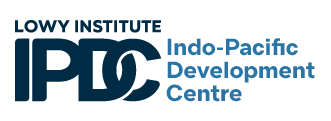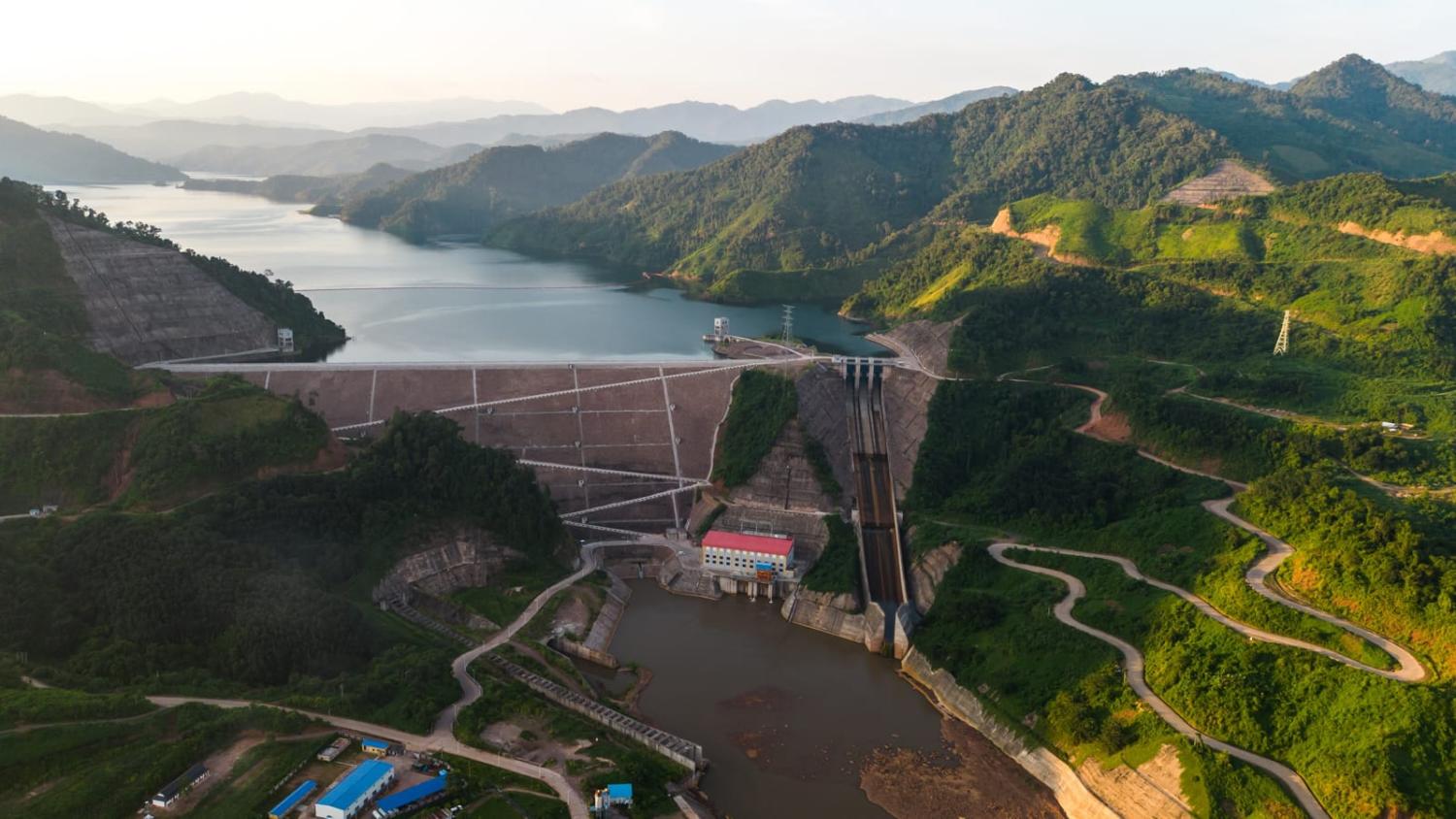Laos offers a fascinating case study about China’s approach to debt. How much will Beijing be willing to concede on the debt owed by a friend and fellow communist country?
Having pursued an ambition to become the hydro “battery of Southeast Asia”, Laos is mired in debt. Half is owed to China. And these debts have rapidly ballooned largely due to borrowings for the Nam Ou Hydropower project in northern Laos.
Laos has sought repeated debt deferrals from China since 2020. The uncertainty continues to hamper Laos’ economic recovery from the pandemic. Laos clearly needs help. Laos’ external debt stock was about US$17 billion at the end of 2021, or about 100% of its GDP and rising. Opaque governance means Vientiane has struggled to strengthen relationships with the international donor community, most notably with the International Monetary Fund. Spiralling inflation – one of the highest rates in Asia – needs to be brought under control.
For China, Laos represents a chance to redress its reputation as being comparatively less sympathetic to debt-distressed countries than Western partners. For Laos, there is no one else to turn to.
The World Bank says Laos was already facing a liquidity and solvency crisis in 2021. Laos’s foreign reserves have been dangerously inadequate for some time, providing barely enough to cover goods and services imports for a couple of months since 2019 – well below the standard three-month minimum recommended for vulnerable low-income economies.
Last year, the Laotian kip began to rapidly depreciate, falling about 70 per cent against the US dollar compared to the previous year. As people queued for fuel, the government finally acknowledged the seriousness of its debt problems, but mostly to deny that debt default was a possibility.
The government this year introduced stronger capital and import controls and shut down local currency exchange operators. Yet, anecdotal evidence points to a thriving grey currency exchange market.
What liquidity gains have been made are only short-term and have done nothing to address the issue of Laos’s solvency. Debt-induced stress in the private sector is unclear due to bank “evergreening” measures. There are also signs that Laos’s business sector is stagnating.

So far, China has provided Laos with substantial near-term debt relief, deferring repayments estimated at about 8 per cent of Laos’ GDP by the end of 2022. Negotiations with China continued this month with Foreign Minister Saleumxay Kommasith visiting Beijing, presumably to ask for another debt deferral.
Given the approach China has taken previously, it may offer short term relief, but only that. Laos’s expectations for economic recovery appear overly optimistic, off the back of a return of tourism after borders with China reopened post-pandemic and the inauguration of Laos-China Railway in December, which has so far mainly transported imports into Laos.
For China, taking a larger role to help Laos settle its debt is less problematic than with other countries such as Sri Lanka. Laos’s relative isolation from the donor community and the fact that China is its biggest creditor enables Beijing to help Laos restructure its external debt, including to the private sector.
For Laos, its rhetoric that a debt default is not likely stands at odds with its actions. As early as 2021, Laos began to unbundle its liabilities – most notably, state-owned energy company Électricité du Laos which makes up around 37 per cent of Laos’ external debt. Électricité du Laos and the China Southern Power Grid company signed a 25-year concession agreement establishing “EDL-T”, effectively giving the latter a majority stake and the rights to export Laos’s electricity overseas, potentially depriving Laos of revenue.
The cost of addressing Laos’ liquidity crisis is substantial. The World Bank estimates that servicing the deferred Chinese debt is about four times that of concessional loans, with the deferrals having been resettled at market interest rates.
Unlike the situations in Sri Lanka and Zambia, China has moved uncharacteristically fast in providing substantial loan deferrals. But as with Sri Lanka and Zambia, China has also so far been unwilling to take a haircut on its debt, despite obvious signs that this will ultimately be necessary and to everyone’s benefit.
China needs to do more for Laos, and do it quickly. The human cost of this debt crisis on top of the pandemic will be felt for decades.
Indications suggest that since protests last year sparked by the economic travails, many Laotians have headed west to Thailand for work opportunities. The rising cost of food and fuel has detrimental health consequence, too. The World Bank has warned last year that a third of Laotian children under five were stunted largely due to malnutrition and that this was getting worse.
Laos offers up a chance for China to do the right thing with minimal hassle as its single largest creditor and for what Laos deems as its last resort.
A product of the Lowy Institute Indo-Pacific Development Centre, with funding support from the Australian Department of Foreign Affairs and Trade.


